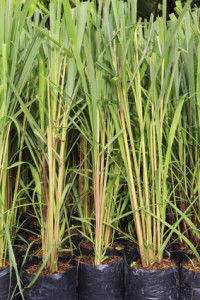Landscape Architecture and Eco-Conscious Design
Native Americans for generations tried to treat the land with care and give back so that nature could continue giving. Thomas Jefferson had a great admiration for native plants and trees and he tried to incorporate as many of them as possible in his Monticello estate.

This photograph is of the grave site of Thomas Jefferson, which is located at Monticello in Charlottesville, Virginia. (Photo credit: Wikipedia)
However, the general art of landscaping began long ago as kings and emperors hired the best gardeners and architectures to design fabulous gardens on the grounds of their palaces. Through the centuries, tried and true styles and techniques for landscape architecture have developed. Today, many skilled landscape designers and architects are also incorporating sustainable techniques for eco-friendly landscapes like the Park Slope Design, that use native plants along with hardscapes and irrigation that cooperates well with the natural environment.
Contemporary society is increasingly interested in landscaping that improves and gives back to nature. Habitats are respected and parks and gardens are established with the natural world in mind. As more governments, corporations, small businesses and individuals are interested in sustainable landscape architecture, professional landscape architects specialize in eco-friendly methods and design.
In fact, on the local television as well as on radio and the web, landscape design businesses that create sustainable landscapes advertise locally. Although the economy of local regions and countries do significantly affect the landscaping industry, parks, businesses and individuals desire to improve the outdoor surroundings on their properties. The popular trend for eco-conscious landscape architecture to improve the outdoor environment for the present and for future generations will continue into the decades to come.


















